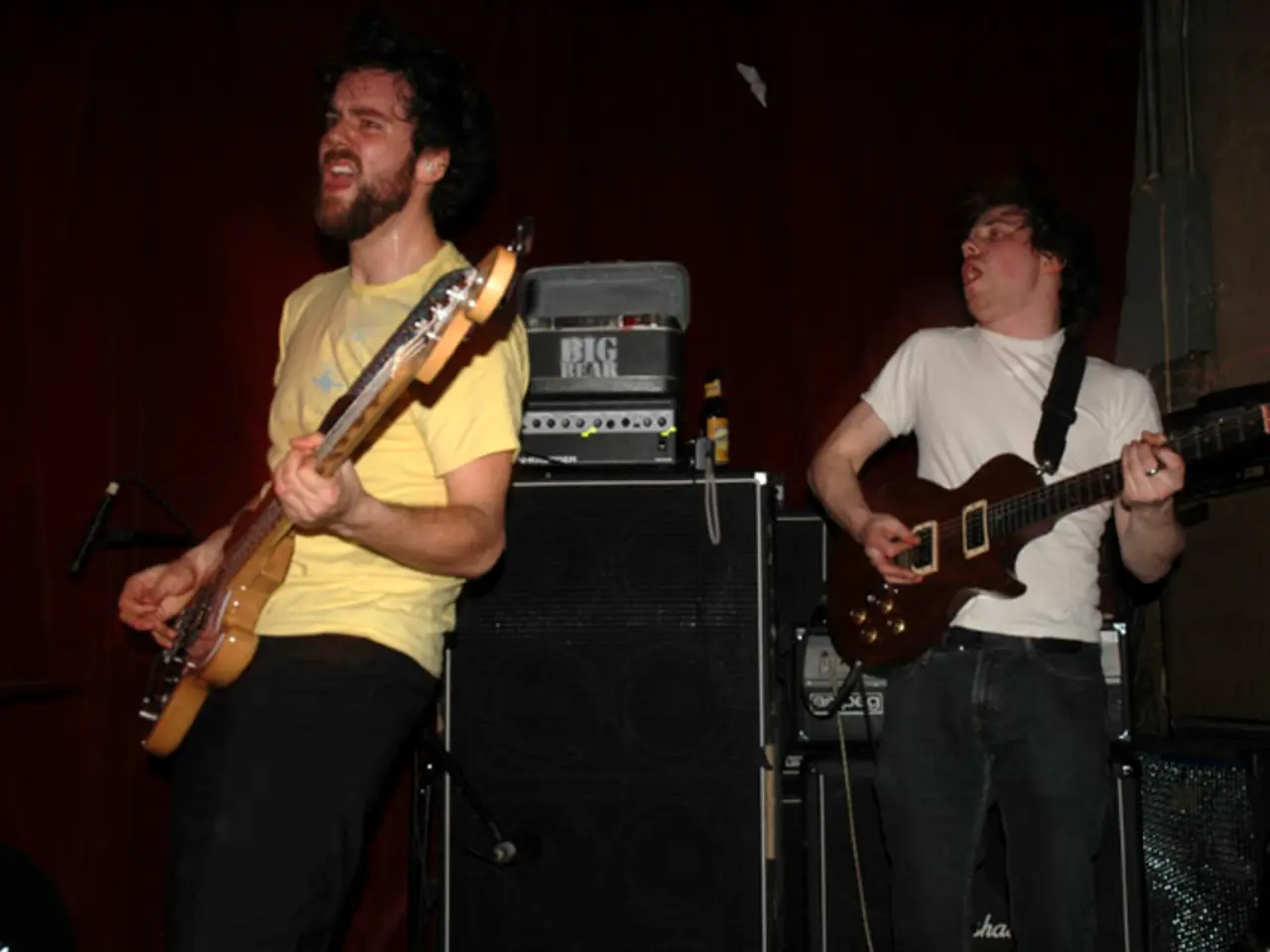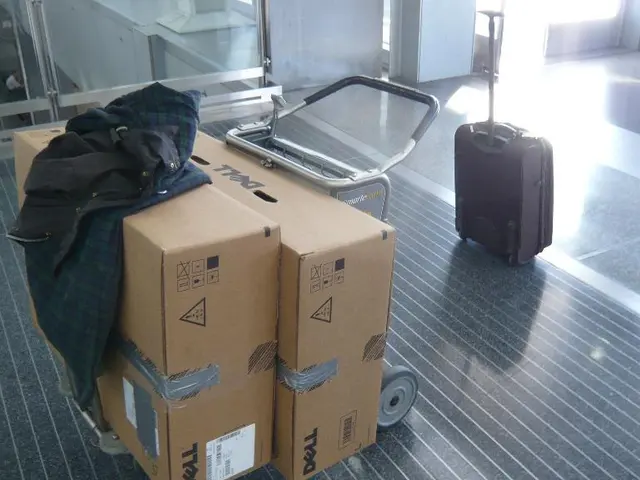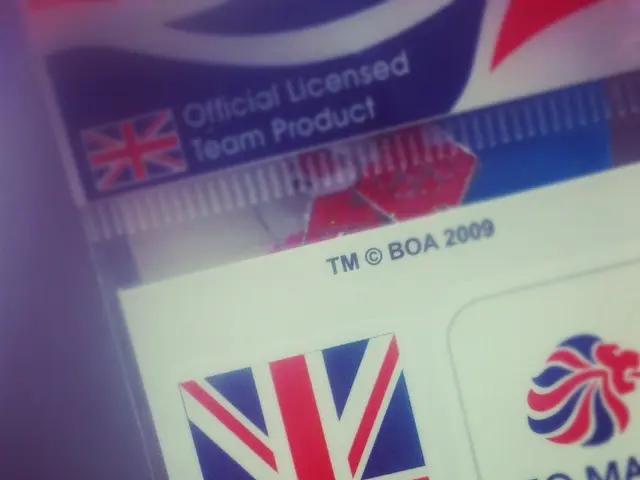Largest product obtainable from pairing the Kth largest numbers in two given arrays
In the realm of computer programming, a challenge has emerged: finding the Kth largest product of a pair from two sorted arrays, arr[] and brr[], containing integers. This task can be accomplished using a combination of the Greedy Approach and Heaps.
The first example input for this problem is arr[] = {1, -2, 3}, brr[] = {3, -4, 0}, K = 3, with the output being 3.
To solve this problem efficiently, we can employ a Greedy approach with Heaps. The key ideas are:
1. Binary Search on the product value rather than indexes or pairs. 2. Use a max-heap (priority queue) to efficiently explore the next largest possible products greedily.
### Algorithm Overview
1. Understand the problem: Given two sorted arrays A and B, find the Kth largest value of A[i] * B[j] for pairs (i, j). The direct brute force approach takes O(n^2) time, making it impractical for large arrays.
2. Key insights: - The range of products can be between the minimum and maximum possible products from arrays. - Instead of enumerating all pairs, binary search the product value space to find the boundary where there are at least K products ≥ current guessed value. - For each binary search mid value, count how many products are ≥ mid.
3. Counting pairs with products ≥ mid efficiently: - Use the arrays' sorted property. - For each element in A, binary search the suitable boundary in B to count how many produce product ≥ mid. This counting step is O(n log n).
4. Greedy max-heap approach to generate candidate products: - Sort both arrays in descending order. - Initialize a max-heap with the largest product A * B. - Extract max from heap, add next candidates by moving indices down along arrays (e.g., move in B or A) to avoid duplicates. - Continue extracting until the Kth largest is reached.
This heap approach is especially good when you want to explicitly generate the largest products without full enumeration.
### Step-by-step Heap-based Greedy Algorithm
1. Sort both input arrays in descending order. 2. Use a max-heap that stores tuples (-product, i, j) (negative for max behavior). 3. Insert initially (-A*B, 0, 0). 4. Maintain a set or map to avoid duplicates. 5. Iteratively perform K times: - Pop max product from heap -p, i, j. - For next candidates, push A[i+1]*B[j] and A[i]*B[j+1] if indices are valid and not used. 6. After K extractions, the last popped product is your Kth largest.
### Time Complexity - Sorting arrays: O(n log n) - Each heap operation: O(log K) - Maximum heap size and operations roughly bounded by O(K) - Overall complexity approximately O(n log n + K log K)
By combining binary search of kth smallest/largest product with a heap-based greedy algorithm, we can achieve an optimal, practical solution for this problem.
The example provided shows two sets of inputs (arr[] and brr[]) and the desired output (Kth largest product) for each. The auxiliary space complexity is O(n).
In summary, this heap-based greedy solution combined with binary search counting offers an efficient, scalable solution avoiding full pair enumeration.
- To efficiently find the Kth largest product of a pair in two sorted arrays using technology, we can employ data-and-cloud-computing algorithms such as the Greedy Approach combined with Heaps.
- This approach utilizes key ideas like binary search on product value and a max-heap, enabling efficient exploration of the next largest possible products.
- For large arrays, the heap-based greedy algorithm improves computational time significantly, as opposed to the direct brute force approach which takes O(n^2).
- By combining binary search of kth smallest/largest product with a heap-based greedy algorithm, we can achieve an optimal, practical solution for data-and-cloud-computing problems like this one.




